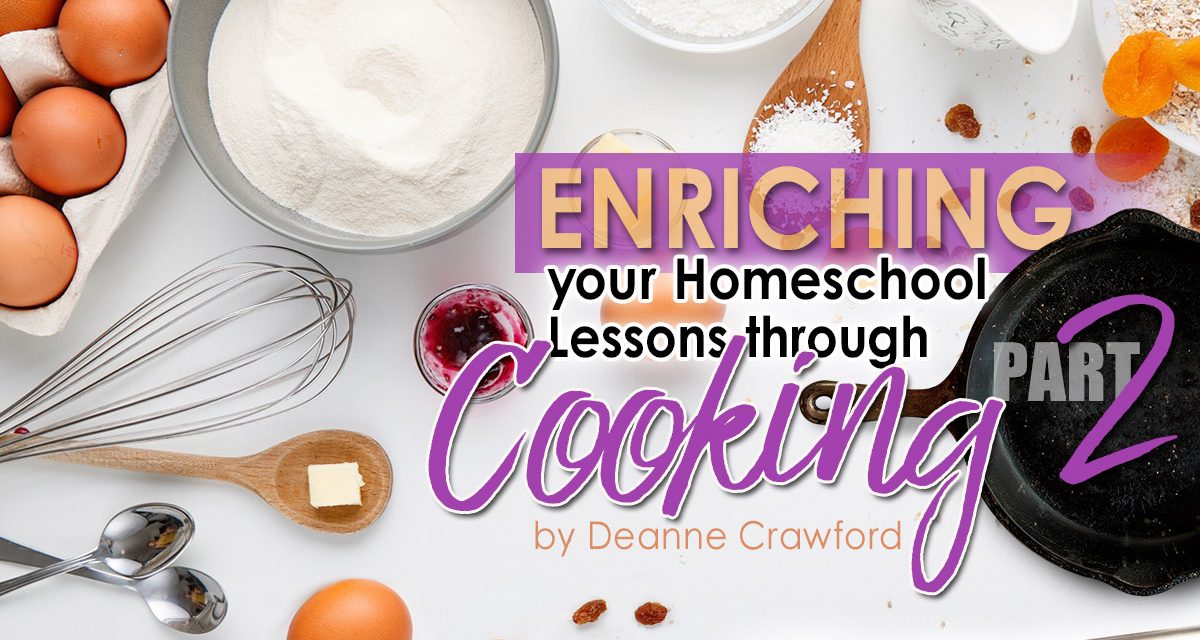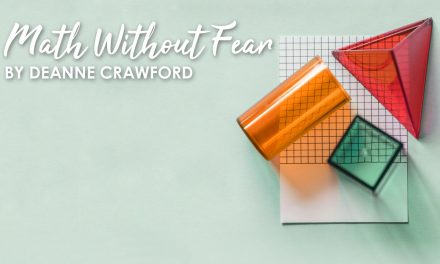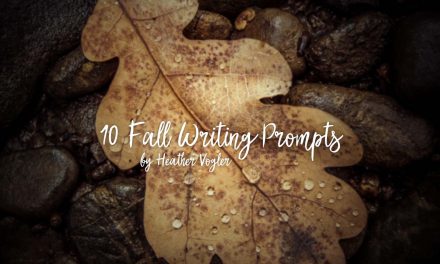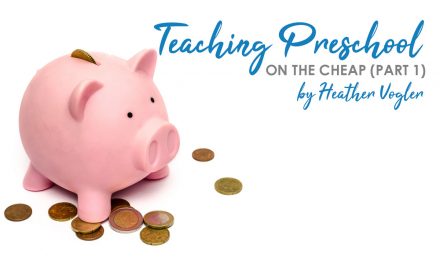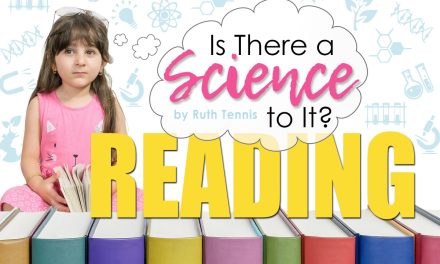In my previous article, we considered the benefits—both practical and experiential—that cooking together as a family offers. Let’s take this a step further and consider how we, as parents, can breathe life into our history and science lessons using the power of food.
Every history lesson provides a vital opportunity for our children to gain firsthand experience of the time or place studied through all their senses: sight, touch, sound, smell, and taste. Did you know adding a yummy experience is as easy as using Google? For example, did you know that Marengo Chicken was a dish created to celebrate Napoleon’s victory over the Austrian army in Italy near the village of Marengo on June 14, 1800? The recipe was made on the battlefield, using the ingredients that were available. Read more and see the recipe here.
My family enjoyed preparing and learning the history behind meals passed down by grandparents and great-grandparents. My husband and I both had grandparents who lived during the Great Depression. His grandparents sustained themselves by making potato soup, which consisted of potatoes, water (no milk or cream), and salt. For my great-grandma, tomatoes and noodles were a mainstay. She simmered tomatoes with salt and pepper and poured it over noodles. Sugar was added if it was a good month. Have your children ask their grandparents to share any recipes they recall eating (or hearing about) as children. If no grandparents are near or if they are unfamiliar with any recipes, here are two helpful websites: What America Ate offers numerous recipes from the Depression Era and Feeding America offers 75 full-text cookbooks from 1798-1922.
Other ideas to enrich your history and geography lessons include introducing children to cultural recipes. These can be familial or cultural as appropriate to your lessons. My husband’s mother was Hispanic, and we are quite spoiled by authentic enchiladas! Check out Little Pim for some yummy, child-friendly recipes, or one of the international or historical cookbooks here.
Have you ever thought about cooking up some science? Enriching science with recipes can be as easy as baking bread or as involved as creating an edible school yard. At Home’s Lab (almost) Baking Bread-Chemistry for Teens offers next-level learning for our older learners. Other ideas include Making Butter (history and science!) or ice cream in a bag, or watching this fascinating TED-Ed lesson on the chemistry of cookies! Who doesn’t love cookies? Cookie-based science lessons will be a win-win for the whole family to enjoy! Additional cookie and science recipes—ahem, lessons—are available through the King Arthur Baking website and American Farm Bureau.
Enriching your lessons with cooking will take a little more planning and time, but the benefits far outweigh the challenges. As you experience history, culture, and science with your children, create memories and a special family bond that will last a lifetime! Encourage your children to dream, create, and experiment in the kitchen. It is entirely possible you may be inspiring the next Rachel Ray or Guy Fieri!
Bon Appetit!
~ Deanne

